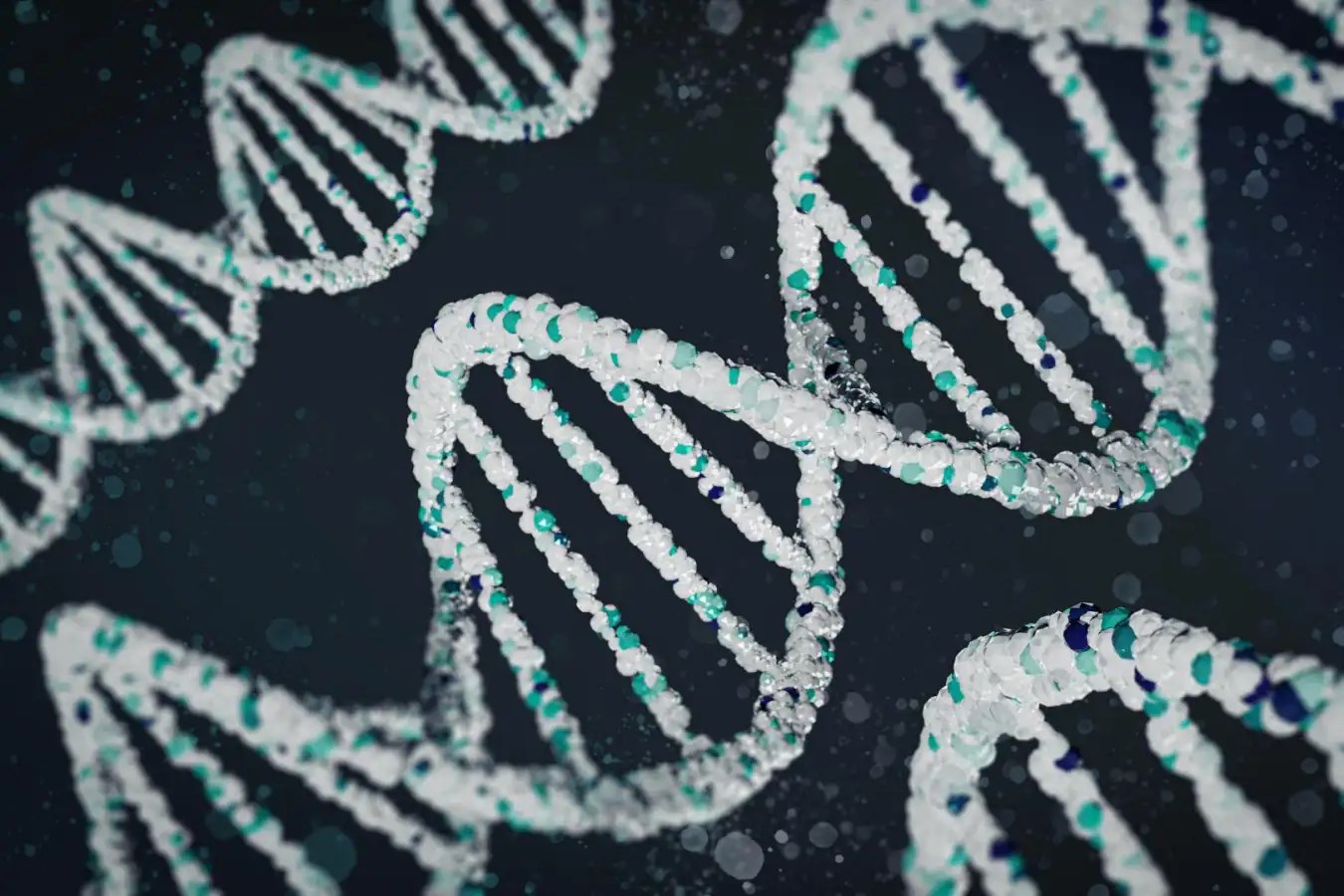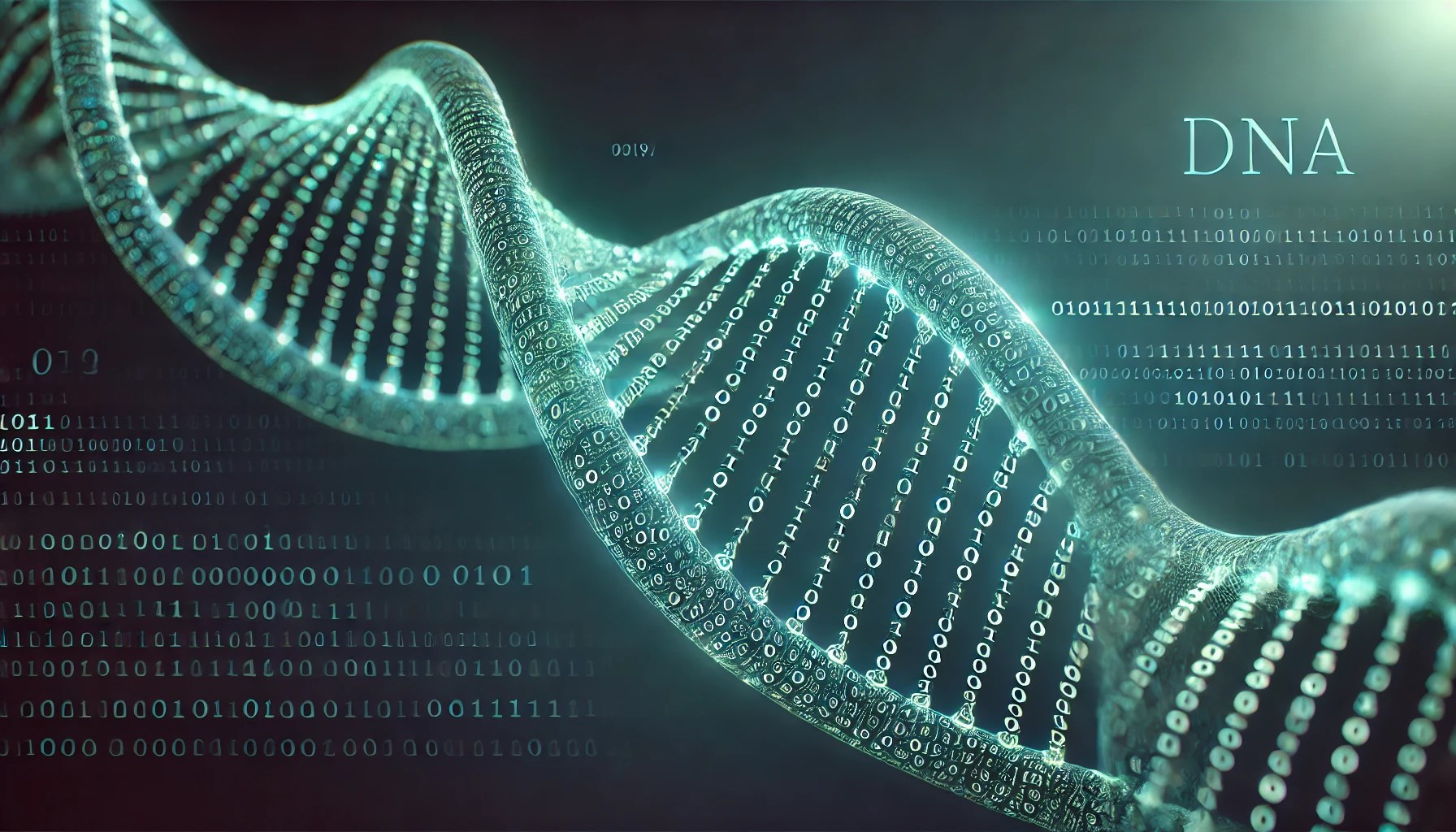See Full Size
Period of data storage in DNA
Writing data into DNA was generally an extremely slow process of putting together letters (sometimes billions) one by one. However, scientists have developed a new method called “DNA printing machine” that accelerates this process. With this new technique, 700 DNA blocks consisting of 24 bases were created. Each block can act as a kind of moving letter, transferring data by being arranged in the desired order and “printed” on the DNA template strands. This system, unlike traditional methods, can write 350 bits of data simultaneously in a single operation.
Instead of using the familiar GCAT letters of DNA, the new system binary code It works with (1 and 0). Chemical markers are added to the blocks; The marked ones represent the value “1”, the unmarked ones represent the value “0”. This approach makes encoding data in DNA much easier and more understandable. In the experiments, an ancient artifact consisting of 16,833 bits was found. chinese tiger of your picture as well as a 252,500-bit panda photo It was successfully transferred to DNA and could be fully read back.
Data storage potential is incredible
See Full Size
The data storage potential of DNA is quite impressive. Only 1 cubic centimeter of DNA More than 10 billion gigabytes of data It is estimated that it can store Moreover, under favorable conditions, DNA thousands or even millions of years It can store data for a long time.
The developed DNA printer technology is inspired by an old method: movable type printing press. Just as this method made the production of written texts easier for the masses, the DNA printer is expected to make data storage accessible to everyone.
The technique works similarly to how human cells store genetic information. Methyl groups on DNA act as chemical markers that regulate genetic expression. The researchers redesigned this mechanism by using DNA blocks as moving letters and the DNA template as a blank sheet of paper. An enzyme takes care of the “ink” part of the job. The enzyme copies all the methyl groups in the blocks into each piece of the DNA template. A nanopore sequencing device can then read the pattern of ones and zeros to reconstruct the stored digital files.
According to the research, a large number of writing operations are performed all at once, rather than piecemeal. Ultimately, speeding up the process and making it accessible to non-scientists could help DNA become a viable data storage medium.
This news our mobile application Download using
You can read it whenever you want (even offline):




